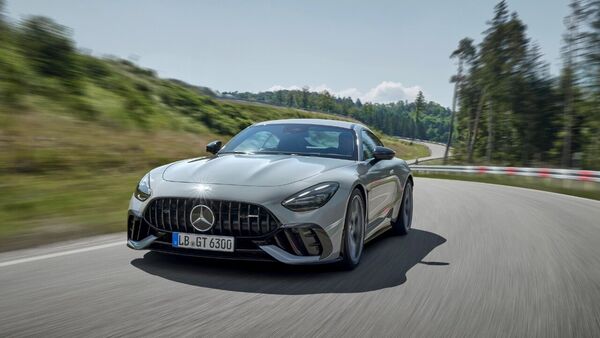
Mahindra XUV700 vs Mahindra Scorpio N: Which full size SUV is best for you
8 months ago | 106 Views
Mahindra has solidified its position as a leading SUV manufacturer with a string of successful launches, including the Thar, XUV700, and Scorpio N. While all have been quite impressive, the latter two have really whetted the appetites of Indian car-buying fancy. But with their overlapping appeal, how does one choose between the XUV700 and Scorpio N?
This comparison will boil down to strictly major differences between these two mighty SUVs, considering things such as performance, price, design, and features. You shall see very clearly by the end which of these Mahindra behemoths is the best for you.
Mahindra XUV700 vs Mahindra Scorpio N: Price
The new Scorpio N and the XUV700 are available with manual or automatic variants for petrol and diesel engine options. Coming to the prices, while the range for the latter is from ₹14.59 lakh to ₹26.70 lakh, the former is somewhat more affordable, at ₹13.85 lakh in its base variant and at ₹20.37 lakh in its highest trim.
Mahindra XUV700 vs Mahindra Scorpio N: Exterior
The Mahindra Scorpio N comes with the classic DNA of Mahindra SUVs—boxy lines, imposing stance, and rugged features that spell old-style off-road capability. This is a car for people who like a strong, no-nonsense design.
In comparison, the Mahindra XUV700 oozes much more modern and urbane appeal. Sleek lines, a lower profile and modern styling cues make it a chic crossover. The XUV700 is likely to appeal to buyers looking for a dash of urbanity with a dose of SUV practicality.
Mahindra XUV700 vs Mahindra Scorpio N: Engine
The Mahindra Scorpio-N and Mahindra XUV700 come with the same count of options when it comes to engines: a 2.2-litre diesel and a 2.0-litre, four-cylinder, turbocharged petrol engine. Only, Mahindra has markedly different tunes.
Also watch: Mahindra XUV700: Pros and cons explained
The Mahindra Scorpio N is more focused on off-road capability. The longitudinally mounted diesel engine churns out 175 bhp and 370 Nm of torque. With the manual transmission and all-wheel drive, it is more at home on really rough roads.
On the other hand, the Mahindra XUV700 is inclined a bit towards on-road uses. The diesel-powered engine churns out 185 bhp and the torque has been upped to 420 Nm, which is again mated to the engine in a transverse manner like all passenger vehicles, guaranteeing a smoother and quieter ride.
Mahindra XUV700 vs Mahindra Scorpio N: Interior
The all-new Mahindra Scorpio N presents a traditional SUV feel—yes, with a commanding driving position, alongside a cabin that is a definite step up from predecessors. Inside, it somehow treads that balance between being rugged and a hint of modernity through the vertically-oriented touchscreen.
The Mahindra XUV700 pitches itself on a more premium note with more cabin space and, of course, a panoramic sunroof bathing the cabin in plenty of light. Softer seats and a more accommodating third row bring passenger comfort up a level or so. Cargo space is limited in both when all the seats are up, but some may prefer the XUV700's more conventional tailgate opening to the swing-open item on the Mahindra Scorpio N.
Mahindra XUV700 vs Mahindra Scorpio N: Features
While the Mahindra XUV700 and the Mahindra Scorpio-N have regarded safety and comfort with multiple airbags, surround-view camera, and all-disc brakes, the former offers more luxury and sophistication than the latter.
The cabin is more luxurious with a panoramic sunroof and dual screens in the Mahindra XUV700. The second row, too, is more comfortable in the XUV700, so long journeys won't be that much of a pain.
On the safety front, one of the most eye-catching features of the Mahindra XUV700 is its ADAS suite. This will feel further protective to occupants by loading them with advanced driver aids, such as adaptive cruise control and autonomous emergency braking.
Read Also: Gentari India launches app for EV infrastructure — ‘Gentari Go’
#




















